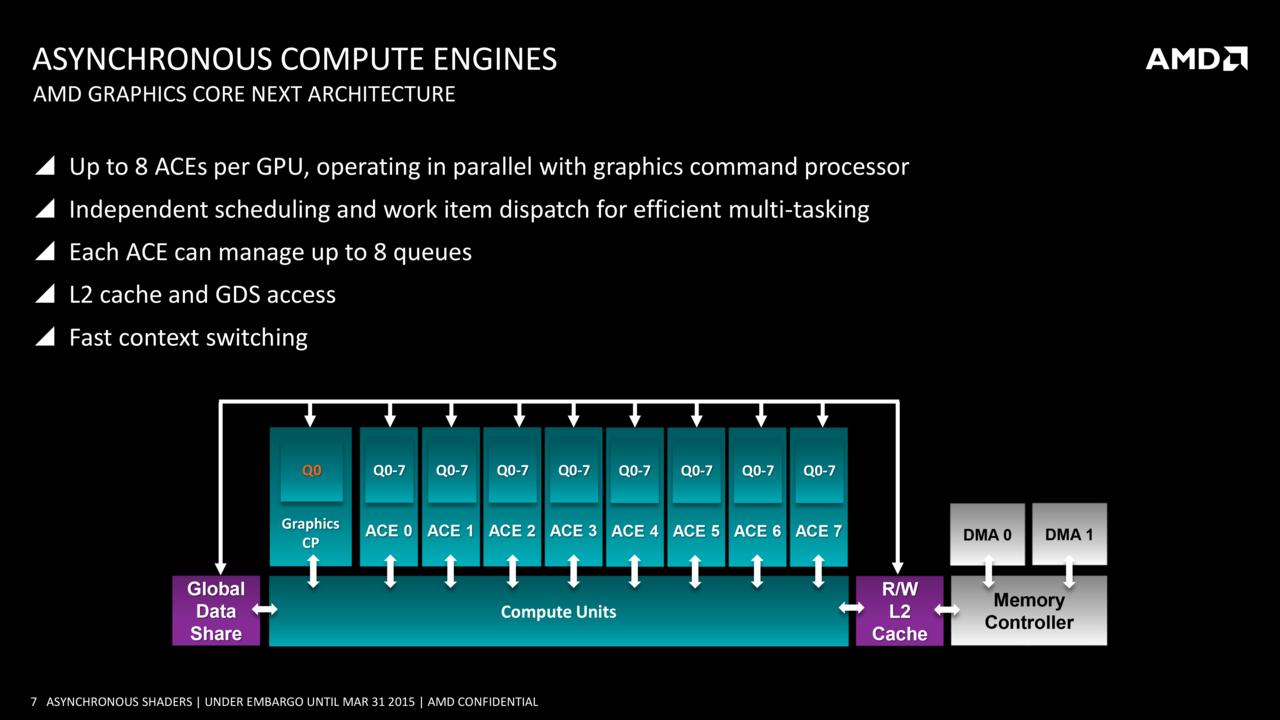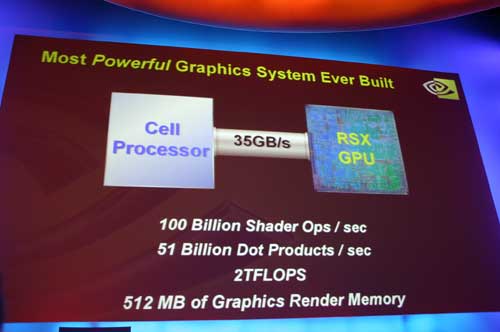InverseAgonist
Banned
They dropped the dual Cell/Cell graphics only idea very early in the whiteboard phase, they had been developing an actual GPU with Toshiba but it wasn't up to snuff so RSX was dropped in.
The problem with Cell-only graphics would have mirrored the problems with Larrabee. Going with the many CPU core approach leaves you lacking on many of the things that make GPUs fast for graphics, like Render Output Units, Texture Mapping Units, things that are dedicated to outputting a graphics pipeline. By nearer to the end of Larrabee's life and being reworked as Xeon Phi, they were playing with adding things like ROPs back into it, but ultimately a GPU-ey CPU just wasn't as good at graphics as a GPU.
Could have done unified memory with a third party GPU, no reason preventing that, but the main thing that was lacking was planning out the GPU as early and making it as important a citizen as the CPU. In the end what we got was Cell making up for the RSX's shortcomings in the games that used it best, but it wasn't like it was a second equal GPU in its own right.
I think you've touched on a really important point. The RAM split was a consequence of using a rushed RSX part. Remember, the Rambus Flex I/O bandwidth was something like 76GB/sec and Cell contained a BEI block. Many configurations were possible given some creativity and time.
Given equivalent GPUs, Cell could have been used in some really interesting ways over Microsoft's design.
In terms of floating point, cell was better than any cpu for the whole generation on the PC side. Not that pc CPU’s were designed for graphics like cell of course, but hey.
Cell was kind of the last time an architecture focused on cpu over gpu, because afterwards gpu became more important in the PC space, or even with Xbox 360 before.
Right. That generation was the last before the move to large SoC designs. So the philosphical question when designing these things was how do you allocate die space. With the CPU, the decision to concentrate on floating-point and high-bandwidth communications was interesting and in the context of it's time, I'd say correct.












